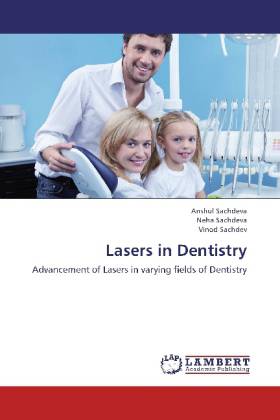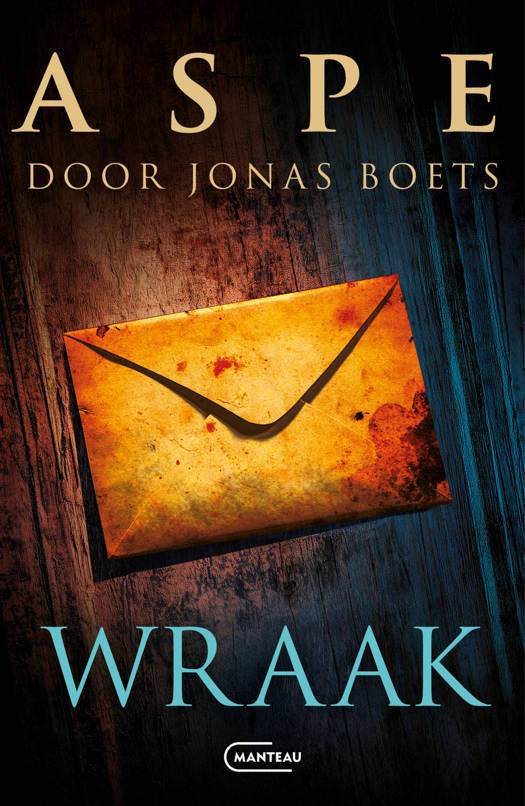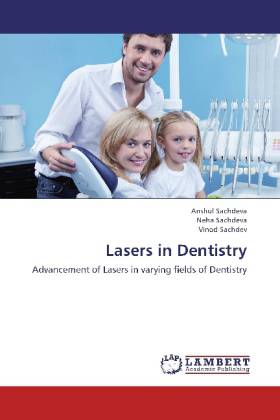
- Afhalen na 1 uur in een winkel met voorraad
- Gratis thuislevering in België vanaf € 30
- Ruim aanbod met 7 miljoen producten
- Afhalen na 1 uur in een winkel met voorraad
- Gratis thuislevering in België vanaf € 30
- Ruim aanbod met 7 miljoen producten
Lasers in Dentistry
Advancement of Lasers in varying fields of Dentistry
Anshul Sachdeva, Neha Sachdeva, Vinod Sachdev
Paperback | Engels
€ 63,45
+ 126 punten
Omschrijving
Technology has allowed the medical field to make many procedures faster and less painful. This applies to dentistry as well. Lasers have become widely accepted in many types of medical practice, and were first used in dentistry in 1994. Lasers work by producing energy in the form of light. It is rather amazing that a tiny beam of light can actually be used as a cutting instrument. It vaporizes the tissue. This light energy also produces heat, which is why it is used to bond fillings and help lighten/whiten teeth. However, if a tooth already has a filling in it, lasers cannot be used. Compared to traditional cutting tools, a laser is extremely sterile completely germ-free and actually kills bacteria. Areas worked on by laser typically heal faster than with traditional methods. Lasers can be used in several ways by dental offices. They can remove decay within a tooth or be used to harden/set a filling. Laser dentistry is very precise. It s an effective way to perform certain dental procedures. It requires the dentist s ability to control the power level of the laser as well as the length of time that the laser is exposed to the tissue or tooth.
Specificaties
Betrokkenen
- Auteur(s):
- Uitgeverij:
Inhoud
- Aantal bladzijden:
- 80
- Taal:
- Engels
Eigenschappen
- Productcode (EAN):
- 9783659286933
- Verschijningsdatum:
- 27/02/2013
- Uitvoering:
- Paperback
- Afmetingen:
- 150 mm x 220 mm
- Gewicht:
- 127 g

Alleen bij Standaard Boekhandel
+ 126 punten op je klantenkaart van Standaard Boekhandel
Beoordelingen
We publiceren alleen reviews die voldoen aan de voorwaarden voor reviews. Bekijk onze voorwaarden voor reviews.










